Related Research Articles
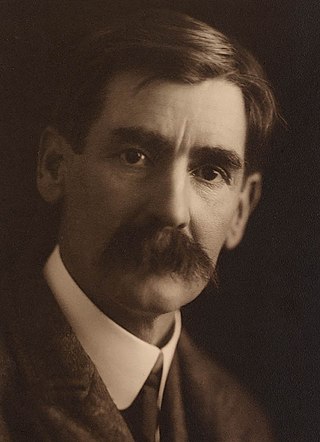
Henry Archibald Hertzberg Lawson was an Australian writer and bush poet. Along with his contemporary Banjo Paterson, Lawson is among the best-known Australian poets and fiction writers of the colonial period and is often called Australia's "greatest short story writer".

Darlinghurst is an inner-city, eastern suburb of Sydney, New South Wales, Australia. Darlinghurst is located immediately east of the Sydney central business district (CBD) and Hyde Park, within the local government area of the City of Sydney. It is often colloquially referred to as "Darlo".
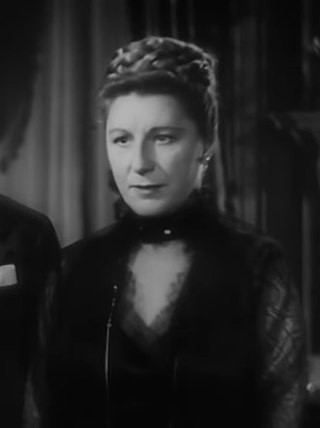
Dame Frances Margaret Anderson,, known professionally as Judith Anderson, was an Australian actress who had a successful career in stage, film and television. A pre-eminent stage actress in her era, she won two Emmy Awards and a Tony Award and was also nominated for a Grammy Award and an Academy Award. She is considered one of the 20th century's greatest classical stage actors.

Kings Cross is an inner-eastern locality of Sydney, New South Wales, Australia. It is located approximately 2 kilometres east of the Sydney central business district, in the local government area of the City of Sydney. It is bounded by the suburbs of Potts Point, Elizabeth Bay, Rushcutters Bay and Darlinghurst.

Daphne Jessie Akhurst known also by her married name Daphne Cozens, was an Australian tennis player.
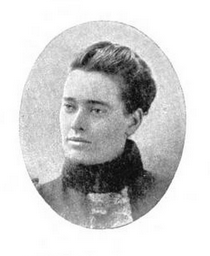
Margaret Windeyer was an Australian librarian and feminist.

Nellie Cameron, known as "The Kiss of Death Girl", was a notorious Sydney prostitute in the 1920s and 1930s, who was featured extensively in the 2011 Australian television mini-series Underbelly: Razor. Cameron was associated with the cocaine-fuelled ravages of the razor gang violence of that era, commonly associated with her contemporaries, Tilly Devine and Kate Leigh, both criminal entrepreneurs who controlled much of Sydney's illegal sex industry and Sly-grog distribution during that period. Nellie Cameron received 73 criminal convictions during her life of crime, mainly for soliciting and vagrancy, and had the distinction of becoming the first woman in Australia to be convicted of consorting with criminals.
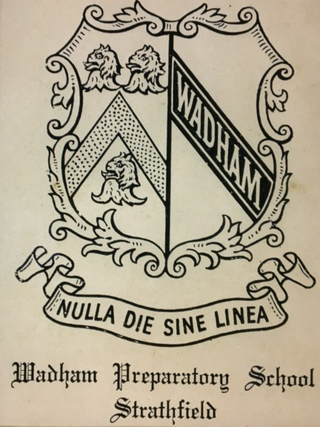
Wadham Preparatory School was an independent day, co-educational, preparatory school founded on Christian principles. The school was located at 9–11 Wallis Avenue Strathfield, New South Wales, Australia.

Lillian Daphne de Lissa (1885–1967) was an early childhood educator and educational theorist in Adelaide, South Australia and the United Kingdom in the twentieth century. She was head hunted to lead Gipsy Hill College in South London, a key part of Kingston University, that spread the ideas of Montessori education and the Dalton Plan.
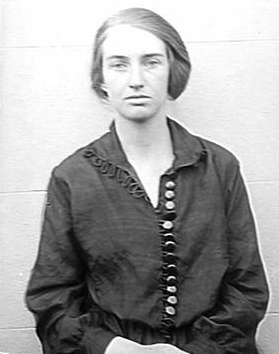
(Edythe) Ellison Harvie was an Australian architect and an advocate for the professional development of women. In 1938, she became the first Australian woman to graduate with a Diploma of Architectural Design. Four years later she became the first woman to be elected to an Australian Architectural Institute council in 1942, as well as the first female Fellow of the Royal Victorian Institute of Architects in 1946. That same year, she became the first Australian woman to become a partner in a large firm.

Sophia "Zoe" Benjamin was a pioneer of early childhood education in Australia.
Harriet Alice "Haddie" Dumolo was an early childhood educator in New South Wales.
Carl Henry Kaeppel MC BA, generally referred to as Carl Kaeppel, was an Australian scholar of Classical languages and geography.
Amy Vera Ackman, known as Mother Giovanni was an Australian hospital administrator and one of the Sisters of Charity.
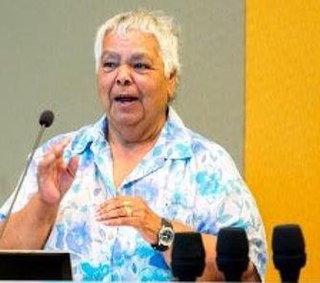
Alitya Wallara Rigney, née Richards, was an Australian Aboriginal scholar. She was a Kaurna elder and part of the team that revived the Kaurna language.

Harriet Christina Newcomb was an English feminist, activist, and educationist. She was a proponent of progressive education and improved teacher training, in both Britain and Australia, and was an active member of the Women's Freedom League.
Robert Thomson Paton was a medical doctor who served as Director-General of Public Health for New South Wales from 1913 to 1921.
Quinton Tidswell was a New South Wales–born Australian artist who was known for his etchings and works on paper. For many years Tidswell was a resident of the state of Victoria and the Castlemaine Art Museum hold a selection of his work. The National Gallery of Australia hold fourteen of his works. His father was an architect working in Sydney and Tidswell’s important works on paper are often of now demolished architecture in and around Macquarie Street, Sydney and of the historic and early settlement of Windsor, New South Wales.
Helen Patricia Jones née Cashmore was a South Australian academic, historian, and author.
Belle Rennie born Isabella Southern "Belle" Moorhouse was a British educationist. Her Conference of the New Ideals in Education led to the creation of Gipsy Hill College in South London, a key part of Kingston University, that spread the ideas of Montessori education and the Dalton Plan.
References
- 1 2 "Personal". The Brisbane Courier . 19 November 1902. p. 5. Retrieved 29 December 2015– via National Library of Australia.
- ↑ "Story of the Kindergarten in Sydney". The Sunday Times . Sydney. 30 June 1929. p. 20. Retrieved 29 December 2015– via National Library of Australia.
- ↑ "Women's Column. Frances Newton Memorial Kindergarten". The Sydney Morning Herald . 7 September 1922. p. 5. Retrieved 29 December 2015– via National Library of Australia.